“Yeast Active Dry 500gm” has been added to your cart. View cart
“Petroleum jelly 175kg” has been added to your cart. View cart
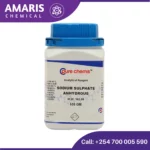
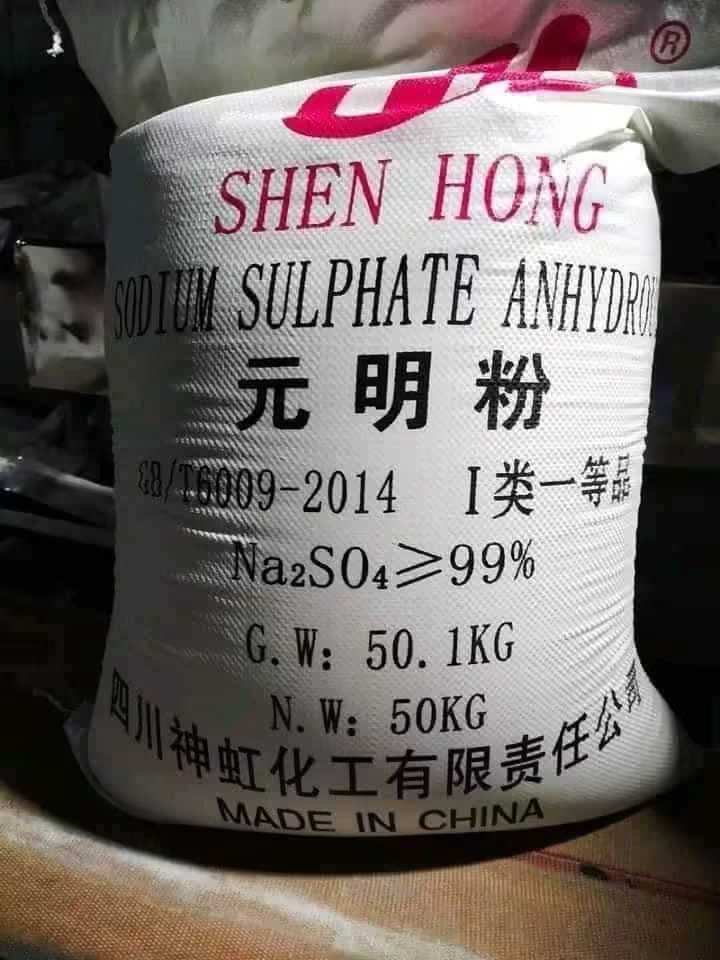
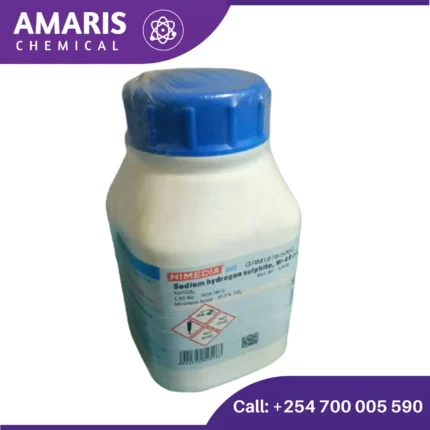
Sodium Hydrogen Sulphite 500gm
$2,500.00 Original price was: $2,500.00.$2,300.00Current price is: $2,300.00.
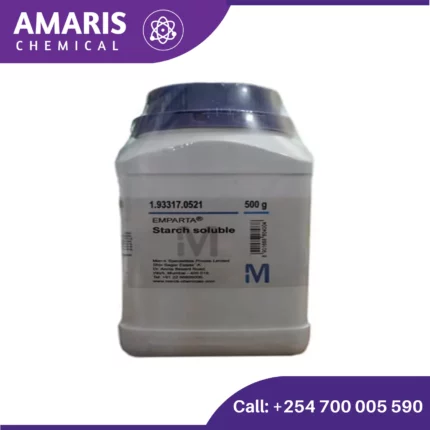
Soluble Starch Powder 500gm
$2,500.00 Original price was: $2,500.00.$2,300.00Current price is: $2,300.00.
Sodium Sulphate Anhydrous 500g
$2,500.00 Original price was: $2,500.00.$2,300.00Current price is: $2,300.00.
Sodium sulfate anhydrous, also known as anhydrous sodium sulfate or disodium sulfate, is a chemical compound with the formula Na2SO4. It is a white, crystalline powder that is soluble in water.
Here are some key properties of sodium sulfate anhydrous:
- Chemical formula: Na2SO4
- Appearance: White, crystalline powder
- Odor: Odorless
- Solubility: Soluble in water, insoluble in most organic solvents
- Melting point: 884 °C (1623 °F)
- Boiling point: 1400 °C (2552 °F)
- Hygroscopic: Yes (absorbs moisture from the air)
SKU:
ACS17764CHEM0
Categories: Analytical Reagents, Builders, Excipients, Finishing Agents, Wastewater Treatment Chemicals
Description
Uses of Sodium Sulphate Anhydrous
- Drying Agent: This is perhaps the most widespread laboratory application of sodium sulfate anhydrous. It efficiently removes water from organic solvents. Organic solvents are often used in reactions and experiments, but even small traces of water can interfere with the reaction or affect the results. Sodium sulfate anhydrous is a preferred drying agent because it is:
- Chemically inert: It does not react with most other chemicals, minimizing the risk of unwanted side reactions in the experiment.
- Efficient: It has a high affinity for water and can effectively remove moisture from solvents.
- Desiccating Agent: In laboratory setups where moisture control is crucial, anhydrous sodium sulfate is used as a desiccant to absorb moisture from the air. This helps maintain a dry environment and prevent moisture-sensitive chemicals or experiments from being compromised. For instance, desiccators, which are containers used to store moisture-sensitive chemicals or dry samples, often contain sodium sulfate anhydrous at the bottom to absorb any moisture that might enter.
- Karl Fischer Titration: This is an analytical technique used to determine the water content in a sample. Sodium sulfate anhydrous is employed as a desiccant during this process to ensure the complete removal of water from the reaction vessel before the titration begins.
Reviews (0)
Be the first to review “Sodium Sulphate Anhydrous 500g” Cancel reply
Shipping & Delivery
Related products
CMC Detergent Grade 25kg
Carboxymethyl cellulose (CMC) is a water-soluble polymer that is derived from cellulose, which is a naturally occurring polymer found in plant cell walls. CMC is produced by chemically modifying cellulose through the addition of carboxymethyl groups, which gives it its unique properties such as high water solubility, thickening ability, and film-forming properties.
CMC is widely used in a variety of industries, including food, pharmaceuticals, cosmetics, and textiles, as a thickener, binder, stabilizer, emulsifier, and dispersant. It is commonly found in food products such as ice cream, salad dressings, and baked goods as a thickener and emulsifier, as well as in cosmetics and personal care products such as toothpaste and shampoo as a binder and stabilizer.
Magnesium Carbonate
Sodium Carbonate Anhydrous 500gm
Acidulants, Analytical Reagents, Builders, Finishing Agents, PH Adjusters, Soil Conditioners, Solvents
Sodium carbonate soda ash light is a refined form of sodium carbonate, which is a white, crystalline compound with the chemical formula Na2CO3. It is called "light" because it has a lower density compared to other forms of sodium carbonate.
Soda ash light is primarily used in industrial and commercial applications, including glass manufacturing, water treatment, detergent production, and as a pH regulator in various chemical processes. It is known for its alkaline properties and its ability to effectively neutralize acidic substances.
Sodium Chloride 500gm
Analytical Reagents, Builders, Coagulants and Flocculants, Excipients, Flavor Enhancers, PH Adjusters, Preservatives
Sodium chloride, also commonly known as table salt or halite, is a chemical compound with the formula NaCl. It is an ionic compound formed from sodium (Na+) and chloride (Cl-) ions. Sodium chloride is essential for many biological processes and has numerous applications in various fields.
Here's a breakdown of key aspects of sodium chloride:
Properties:
- Appearance: White crystalline solid at room temperature
- Odor: Odorless
- Solubility: Highly soluble in water
- Melting point: 801 °C (1474 °F)
- Boiling point: 1465 °C (2669 °F)
Sodium Oxalate 500gm
Sodium oxalate (Na₂C₂O₄), also known as disodium oxalate, is a white, crystalline solid with a variety of applications, including some specific uses in laboratories. Here's a breakdown of its key properties, applications, and safety considerations:
Properties:
- Appearance: White crystalline solid
- Odor: Odorless
- Solubility: Low solubility in water, but increases with temperature
- Melting point: Decomposes above 290 °C (554 °F)
Sodium silicate 20litres
Sodium silicate, commonly known as water glass or liquid glass, is a compound containing sodium oxide (Na₂O) and silica (SiO₂). It is typically represented by the formula Na2SiO3text{Na}_2text{SiO}_3Na2SiO3, but it can vary, forming a range of compositions depending on the ratio of sodium oxide to silica.
Properties
- Physical State: It is usually found in a glassy, crystalline solid form or as a thick, syrupy liquid.
- Appearance: Colorless to light brown.
- Solubility: Highly soluble in water, forming a viscous solution.
- pH: Alkaline, typically around 11-12.
Production
Sodium silicate is produced by fusing sodium carbonate (soda ash) and silica sand at high temperatures. The general reaction is: Na2CO3+SiO2→Na2SiO3+CO2text{Na}_2text{CO}_3 + text{SiO}_2 rightarrow text{Na}_2text{SiO}_3 + text{CO}_2Na2CO3+SiO2→Na2SiO3+CO2Talcum Powder (Talc) 50kg Bag
Talcum powder is a fine, white powder made from talc, a naturally occurring mineral composed mainly of magnesium, silicon, and oxygen. It is widely used in various cosmetic and personal care products for its ability to absorb moisture, reduce friction, and provide a silky-smooth texture. Talcum powder is often used as a body powder, baby powder, and in some cases as a dry shampoo. However, concerns have been raised about the potential health risks associated with inhaling talc particles, particularly for women who use talcum powder in the genital area.
Urea 500gm
Urea is an organic compound with the chemical formula CO(NH₂)₂. It is a colorless, odorless solid, highly soluble in water, and practically non-toxic. Here are some key points about urea:
Chemical Properties:
- Formula: CO(NH₂)₂
- Molecular Weight: 60.06 g/mol
- Structure: Urea consists of two amine groups (-NH₂) attached to a carbonyl group (C=O).

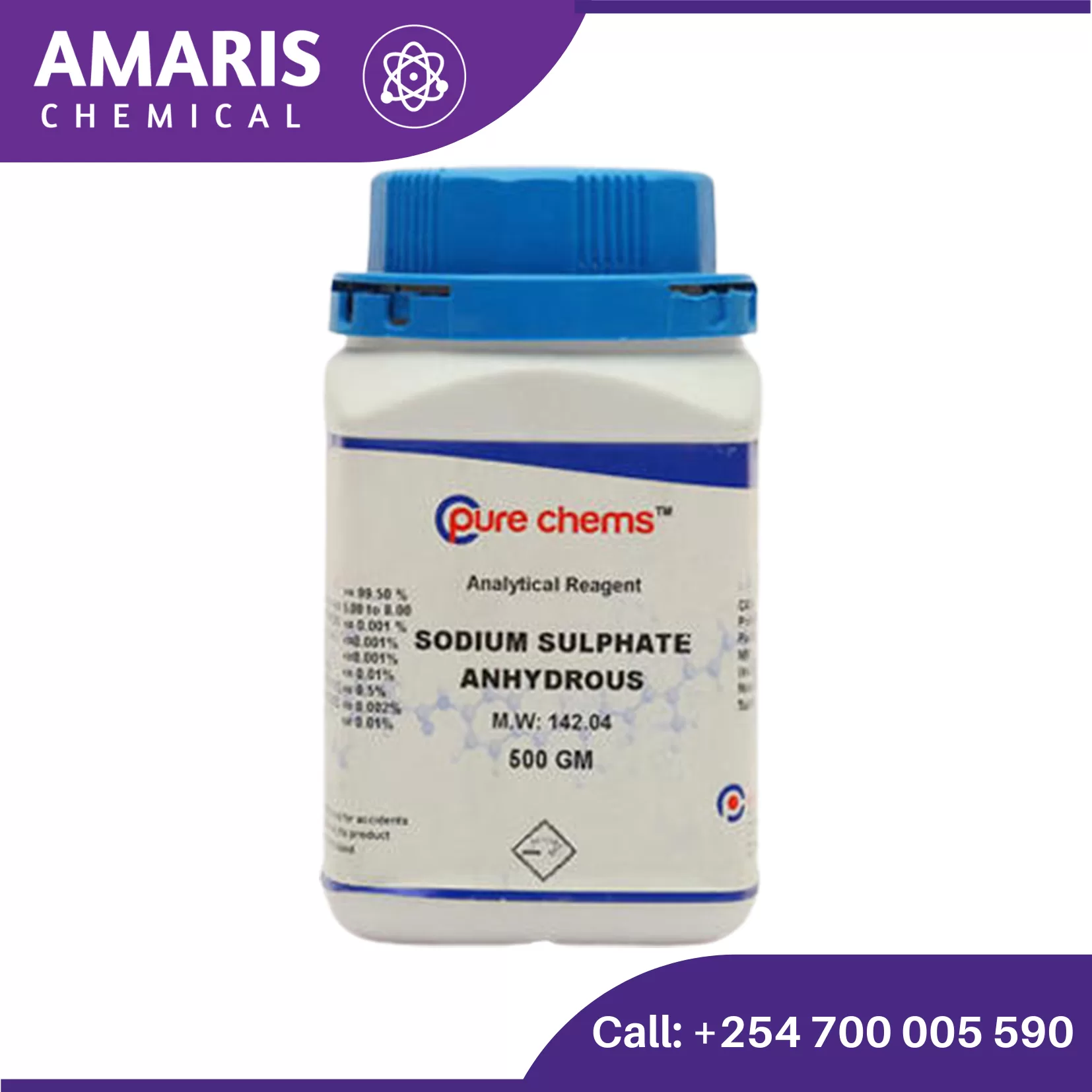
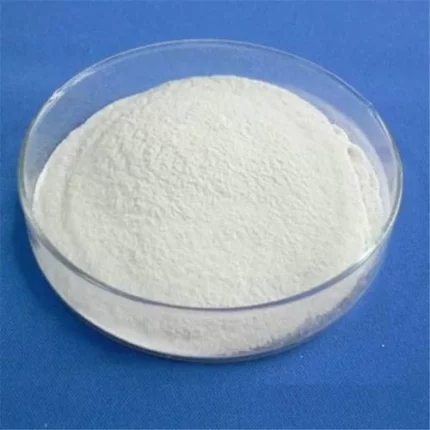
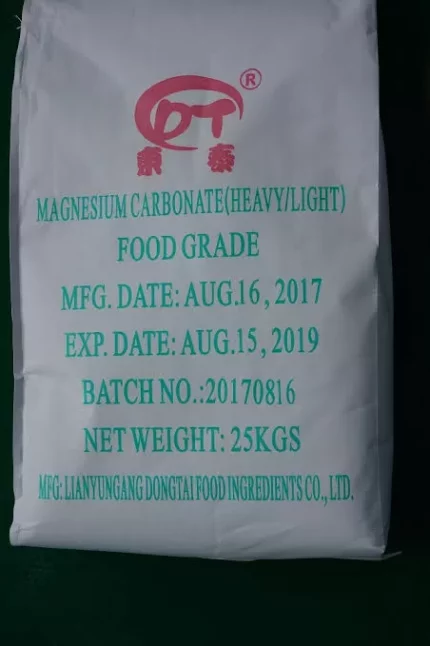
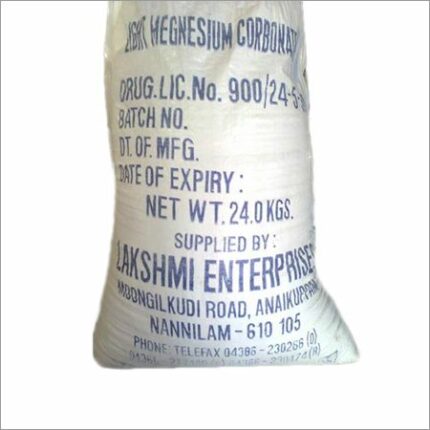
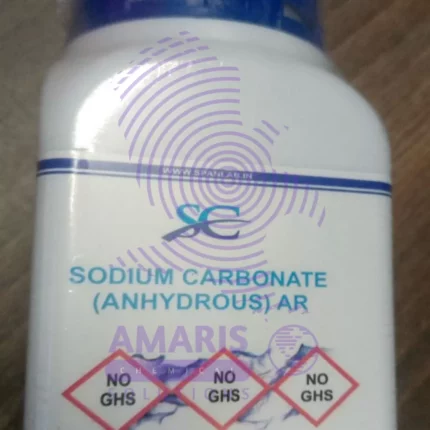
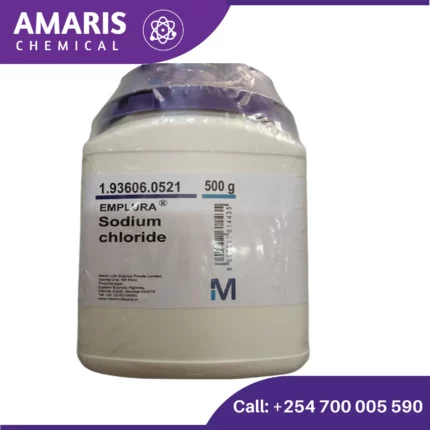
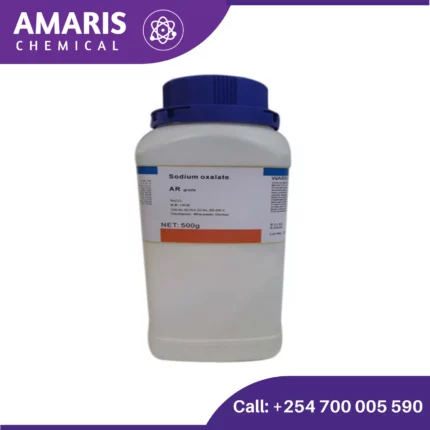
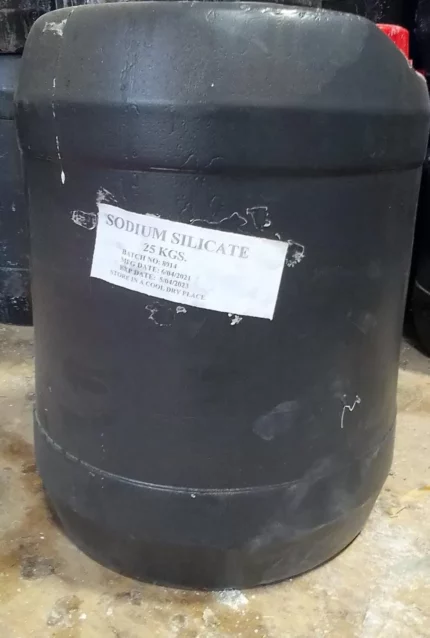
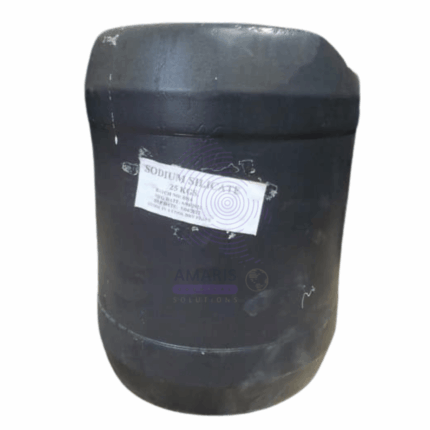
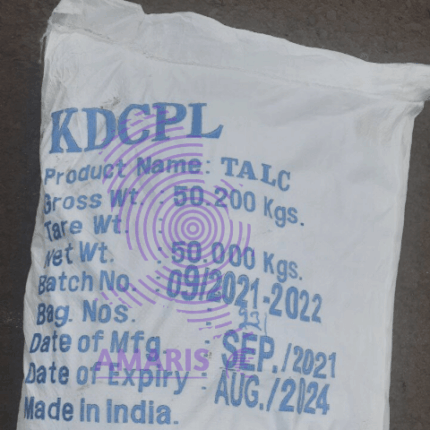
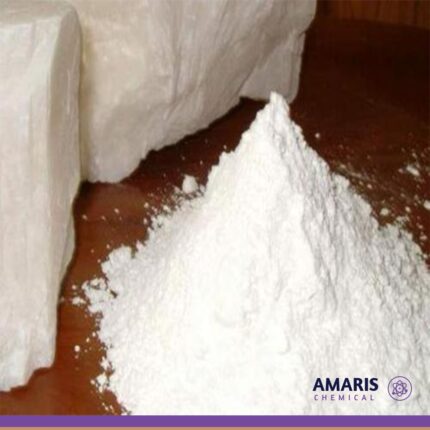
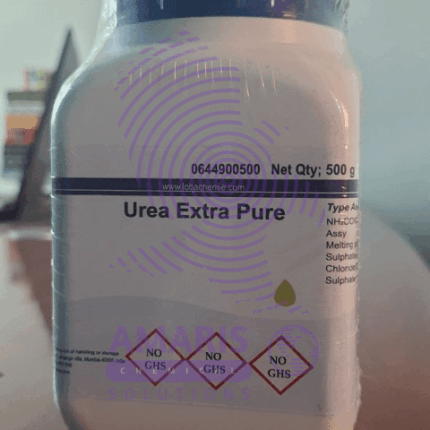







Reviews
There are no reviews yet.